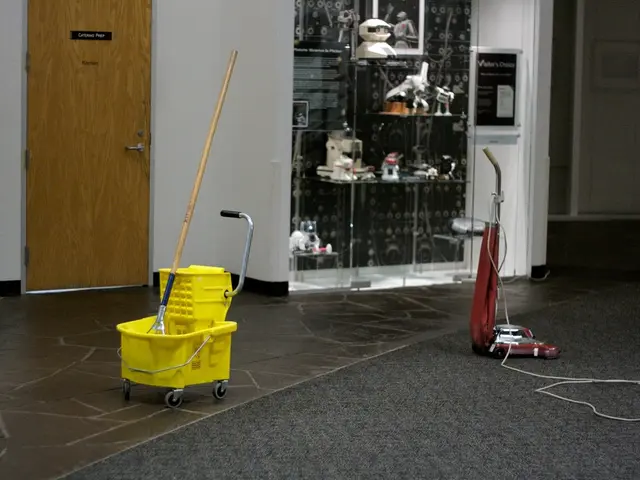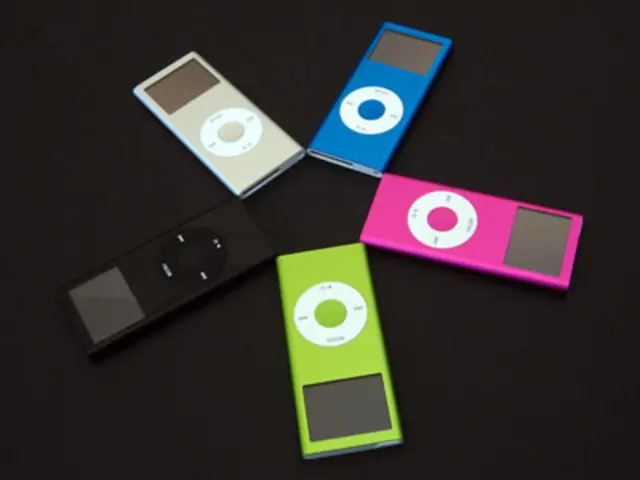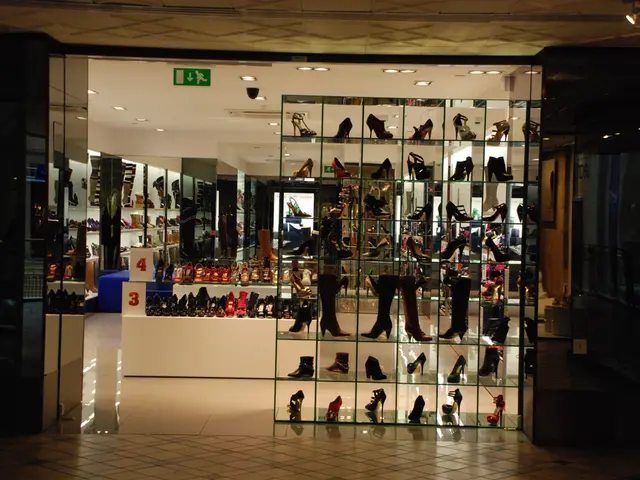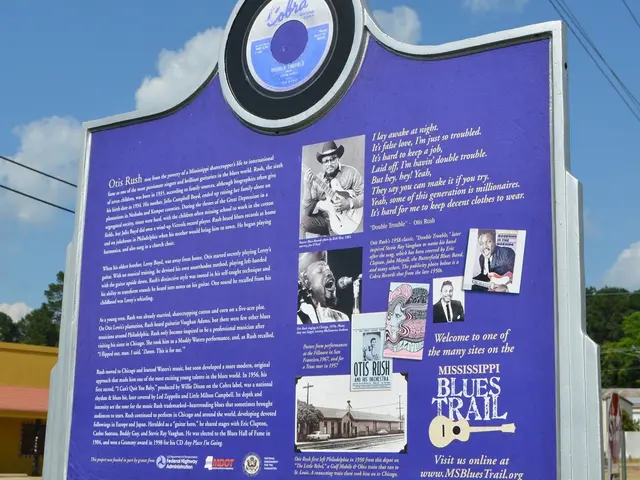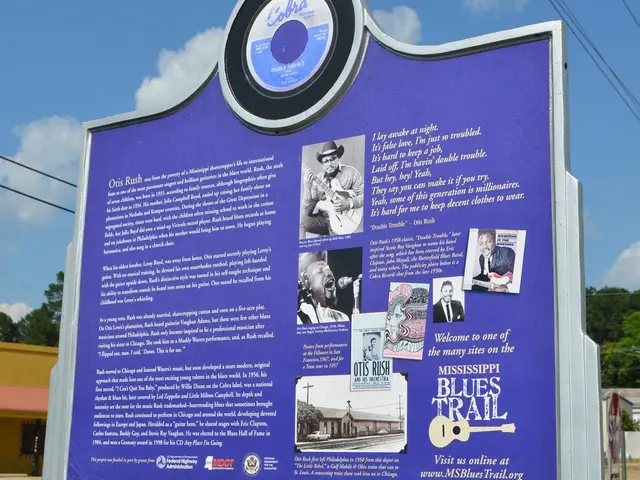German camera manufacturer Leica celebrates its 100th anniversary this year.
Leica Cameras Through the Years
Photographer Franziska Stuenkel grazes the streets of Berlin, capturing urban snapshots on the go—all thanks to her trusted German-made Leica M11. This compact device, known for its retro charm and pocket-sized frame, is the perfect partner for Stuenkel as she deftly captures the reflections of passersby through windows, merging their forms with the shapes behind the glass.
Leica is a brand that has come a long way since its founding in 1869 by entrepreneur Ernst Leitz in Wetzlar, Germany. Back then, the company manufactured optical lenses and microscopes, but it wasn't until 1925 that the Leica I camera was unveiled at the Leipzig Spring Fair, marking the beginning of Leica's photographic legacy.
Historically, Leica cameras have gained notoriety with iconic models like the Leica M3, introduced in 1954, which is considered the most influential rangefinder ever made. Featuring the legendary M-mount, the M3 played a pivotal role in the development of reportage, documentary, street, and artistic photography. Other significant models include the M6, M7, and M9.
The Leica M11 continues the M-series' legacy, serving as a digital rangefinder camera that embodies traditional design while incorporating modern technology. Armed with a 60.4 megapixel BSI CMOS sensor, improved autofocus, and enhanced image processing, the M11 maintains a delicate balance between Leica's timeless appeal and modern functionality, making it a hit among professional and hobbyist photographers alike.
Much of the allure of Leica cameras comes from their meticulous craftsmanship and unwavering commitment to quality. The production process involves an intricate blend of traditional techniques handed down through generations alongside modern manufacturing technologies, with a focus on precision engineering and manual assembly. This dedication to detail reflects in the durability and reliability of Leica cameras, ensuring their status as prized possessions among photographers.
Now, as Leica approaches the centennial anniversary of the Leica I in 2025, the brand stands at the forefront of both celebration and innovation. They mark this milestone with global events and exhibitions, such as festivities in Switzerland during the Biel/Bienne Festival of Photography and a public event in New York's Meatpacking District. These celebrations underscore Leica's enduring impact on photography and its ongoing contributions to the art form.
Collaborative initiatives like the Leica Akademie, which offers training and workshops for photographers, further cement Leica's position as a leader in the premium camera market. The brand's product range extends beyond digital and film rangefinders to include lenses and sports optics, catering to enthusiasts and pros alike.
Leica's production facilities remain deeply rooted in Wetzlar, Germany, where the company preserves the traditions of local craftsmanship and quality control while leveraging state-of-the-art technology. Undeniably, Leica cameras represent a testament to their rich history, unwavering dedication to quality, and continued relevance in the ever-evolving world of photography.
Photographer Franziska Stuenkel uses a modern Leica M11 in 2021, just as Peter, the department manager of the Leica photographic equipment department in 1925, would have appreciated the technological advancement in gadgets. Stuenkel, like many Leica photographers, values the brand's legendary quality and craftsmanship, which can be traced back to the unveiling of the Leica I camera in 1925. As Leica prepares to celebrate the centennial anniversary of the Leica I in 2025, the company continues to integrate traditional techniques with cutting-edge technology, ensuring that the Leica cameras remain at the forefront of the photography world.



